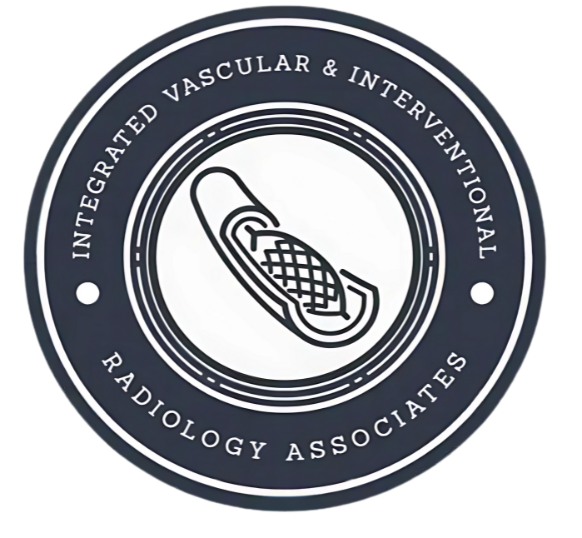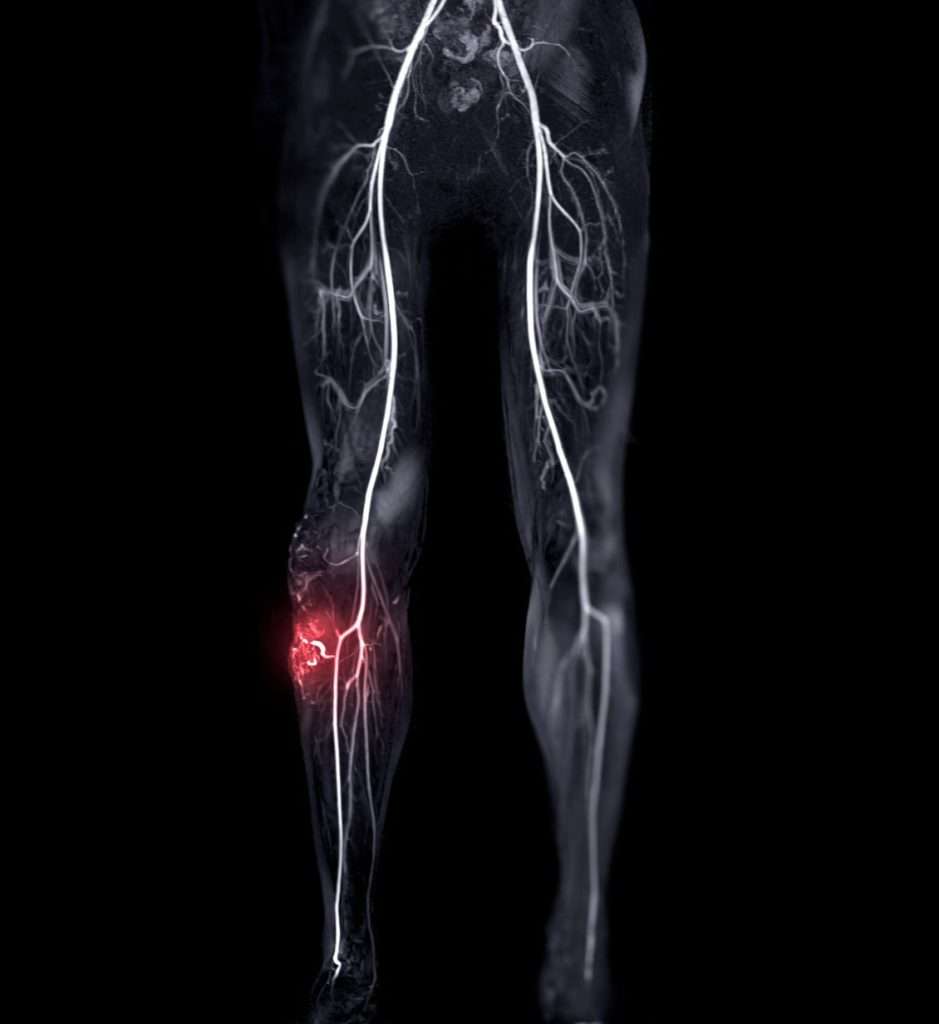
Peripheral Arterial Disease
Overview & Treatment Options in Pittsburgh

Peripheral Arterial Disease (PAD) Interventions: A Patient Guide
Peripheral Arterial Disease (PAD) is a condition in which the arteries that supply blood to the legs and feet become narrowed or blocked, reducing blood flow and leading to symptoms like leg pain and difficulty walking. This guide provides important information about PAD interventions, who benefits from them, and what to expect before, during, and after the procedure.
What is Peripheral Arterial Disease (PAD)?
PAD occurs when plaque (a buildup of fat, cholesterol, and other substances) forms in the arteries, causing them to narrow or become blocked. This reduced blood flow can cause pain, numbness, and in severe cases, lead to ulcers, infections, or even amputation.
What are PAD Interventions?
PAD interventions are minimally invasive procedures used to restore blood flow to the legs and feet by opening blocked or narrowed arteries. The goal of these procedures is to relieve symptoms, improve mobility, and prevent complications like limb loss.
Common PAD interventions include:
- Angioplasty: A small balloon is inserted into the narrowed artery and inflated to widen the artery and restore blood flow.
- Stent Placement: A stent (a small mesh tube) is inserted into the artery to keep it open after angioplasty.
- Atherectomy: A small device is used to remove plaque from the artery walls.
- Thrombectomy: A procedure that removes blood clots from the arteries.
Who Benefits from PAD Interventions?
PAD interventions are ideal for patients who:
- Experience symptoms of PAD: Such as leg pain when walking (claudication), numbness, or cramping.
- Have non-healing wounds or ulcers: Caused by poor circulation in the legs and feet.
- Are at risk for limb loss: Due to severely reduced blood flow or gangrene.
- Haven’t responded to conservative treatments: Like lifestyle changes, medications, or supervised exercise therapy.



What to Expect: The PAD Intervention Process
Before the Procedure:
- Consultation: Your doctor will perform tests such as an ultrasound, angiogram, or CT scan to assess the severity and location of blockages in your arteries.
- Preparation: You may be asked to stop taking certain medications, such as blood thinners, before the procedure. Your doctor will provide specific instructions on fasting and medication adjustments before the procedure.
During the Procedure:
- Setting: PAD interventions are minimally invasive and are usually performed in a hospital or outpatient setting by an interventional radiologist or vascular surgeon.
- Sedation: You will receive local anesthesia to numb the area, and you may be given mild sedation to keep you relaxed.
- Procedure Steps:
- A small incision is made in the groin or wrist to access the artery.
- A catheter is guided through the artery to the blocked or narrowed area using imaging guidance.
- Depending on the intervention, a balloon is inflated to widen the artery (angioplasty), or a stent is placed to keep it open.
- If plaque is causing the blockage, an atherectomy device may be used to remove it.
- The catheter is removed, and the incision is closed with a bandage. No stitches are needed.
The entire procedure typically takes 1-2 hours.
Discover If You're A Candidate For Our Procedure
Contact us to complete a quick questionnaire to see if this treatment is right for you.